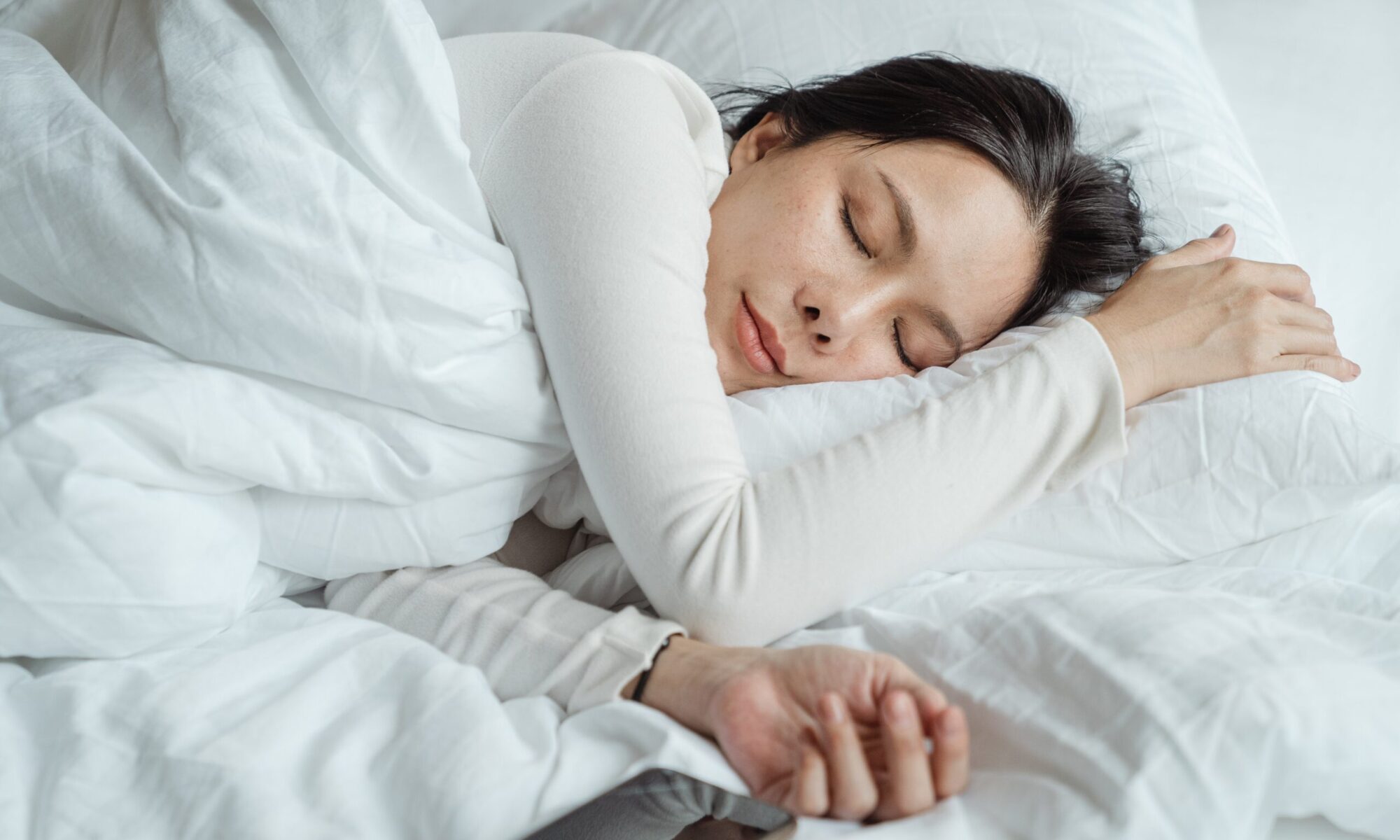While Narcolepsy isn’t common, its incidence is believed to be approximately 1 in 2,000 although most researchers believe that the disorder remains undiagnosed or misdiagnosed in many individuals. (Not uncommon with Sleep Disorders!)
Individuals with narcolepsy are very sleepy during the day, however they usually also experience difficulties staying asleep at night. Sleep may be disrupted by insomnia, vivid dreaming, sleep apnea, acting out while dreaming, and periodic leg movements.

Patients with Narcolepsy often experience daytime tiredness and difficulty maintaining consistency in sleep patterns. Perhaps because of this, I’ve seen it misdiagnosed as obstructive sleep apnea.
Interestingly, there is increasing evidence that narcolepsy is an autoimmune disorder.
Back to REM Behaviour Disorder (RBD). During REM sleep the skeletal muscles lose their tone or resting activity and become floppy (which is why OSA is worse during REM sleep). Since most agree that most dreaming takes place during REM sleep, the benefit is that you can’t ‘act out your dreams’ which would be positively dangerous for the sufferer and especially a bedpartner! Scary!

it can be scary!
The overall prevalence of “spontaneous” RBD is estimated to be around 1% in the general population increasing to around 2% in older individuals. So not common, although It is significantly more prevalent in elderly males than females with a male to female ratio of 9 to 1. There may be a hereditary component to the disorder.
For those with RBD this is exactly what happens and it can be scary! Its quite remarkable to watch a patient with RBD during an overnight sleep test and wonder what it must be like for the bed-partner. Due to the association of Parkinson’s disease, if suspected investigation is appropriate.
It’s unusual as the overall prevalence of “spontaneous” RBD is estimated to be around 1% in the general population increasing to around 2% in older individuals. It is significantly more prevalent in elderly males than females with a male to female ratio of 9 to 1.


